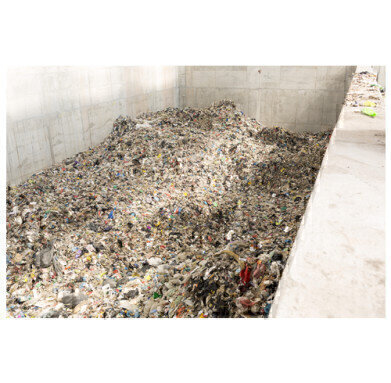Environmental Laboratory
Measuring Gases Produced by Waste Gasification to Improve Control and Efficiency
Sep 10 2019
Waste gasification enables the transfer of waste to energy. The waste material can be used as fuel to create heat, electricity or other chemical products. During the decomposition process, gaseous products, known as syngas (a combination of hydrogen, carbon monoxide and some carbon dioxide) are produced.
In traditional incineration methods heat and oxygen are used to destroy waste products. However, during the waste gasification process, whilst high temperatures are still required, no oxygen is used. This results in fewer pollutants and potential toxic ashes. The resulting syngas is a valuable fuel and can be used for steam or electricity production or in some cases, as chemical feedstock in the synthesis of more valuable products.
In this article Edinburgh Sensors discusses the measurement of gases produced by waste gasification to improve control and efficiency.
Read the full article online at Edinburgh Sensors.
Digital Edition
IET 34.2 March 2024
April 2024
Gas Detection - Biogas batch fermentation system for laboratory use with automatic gas analysis in real time Water/Wastewater - Upcycling sensors for sustainable nature management - Prist...
View all digital editions
Events
Apr 30 2024 Melbourne, Australia
Apr 30 2024 Birmingham, UK
May 03 2024 Seoul, South Korea
May 05 2024 Seville, Spain
May 06 2024 Minneapolis, MN, USA


















